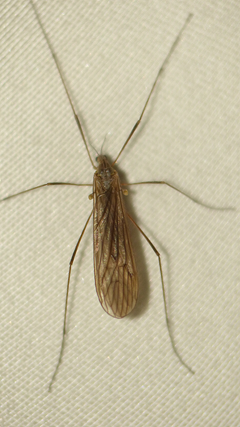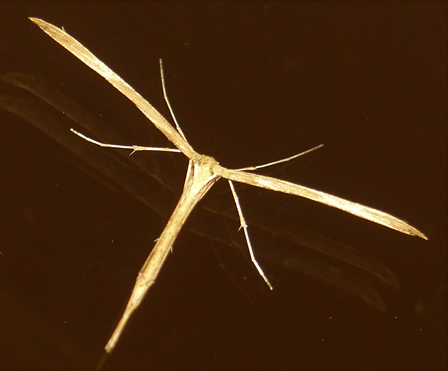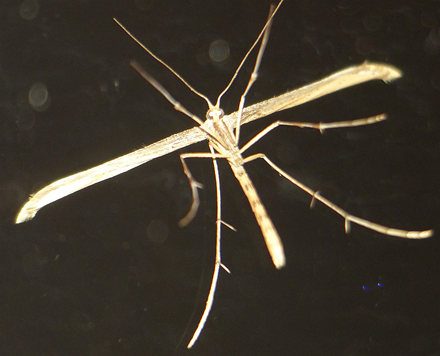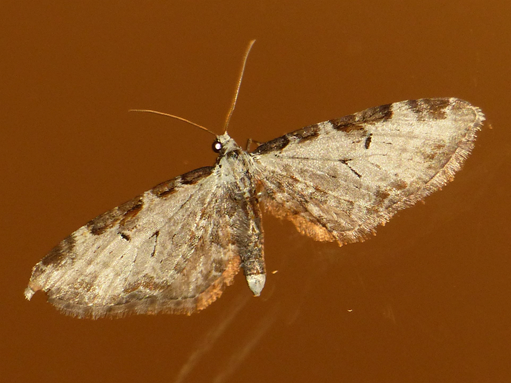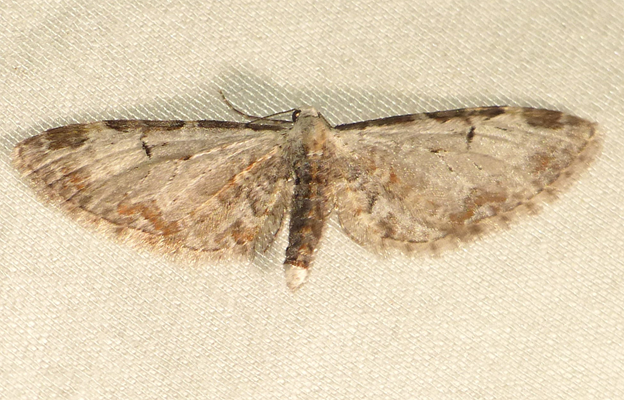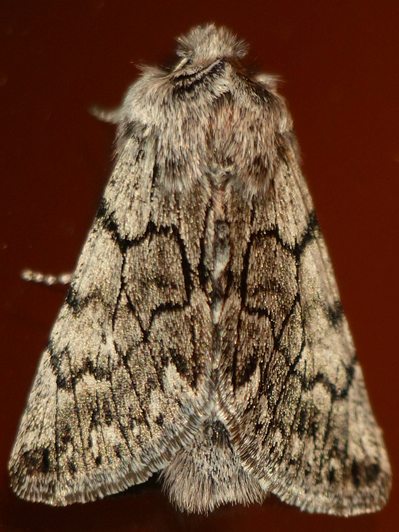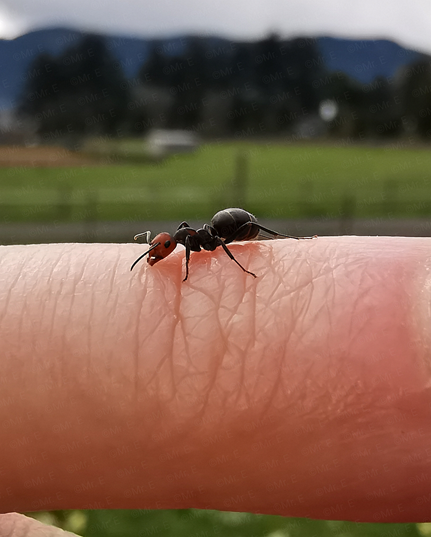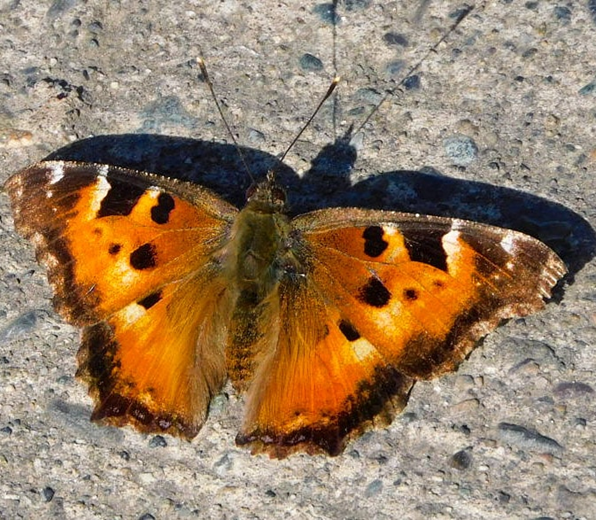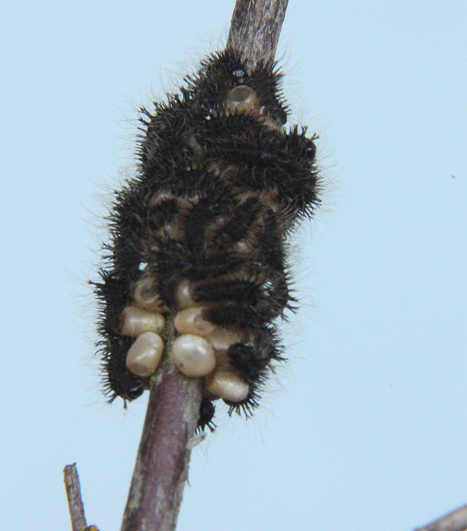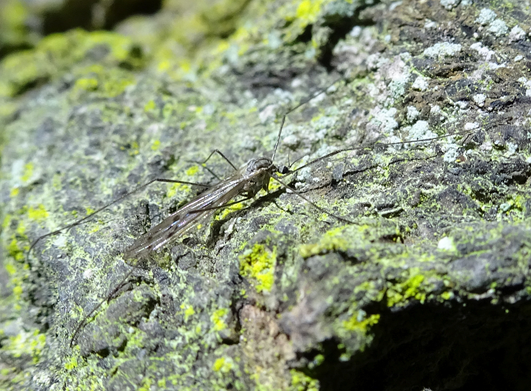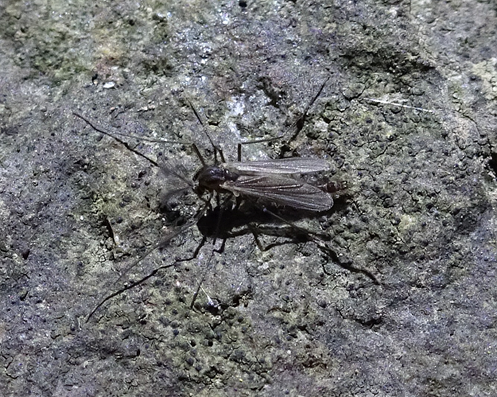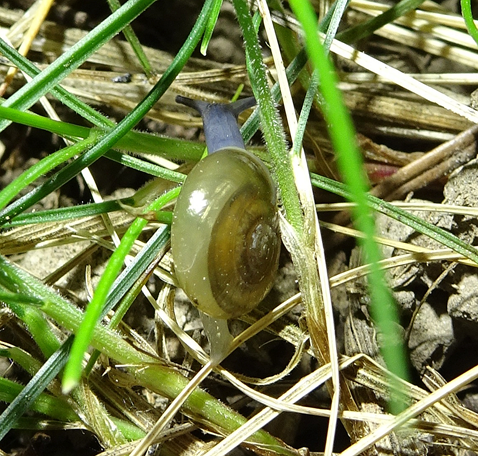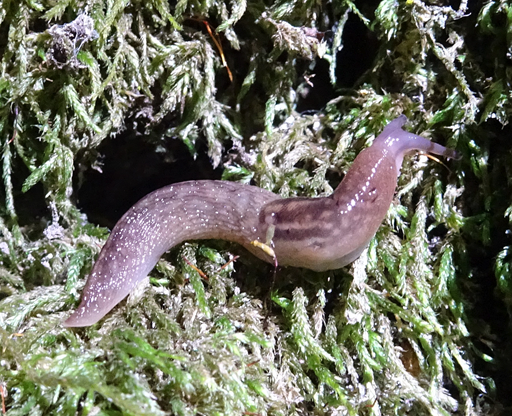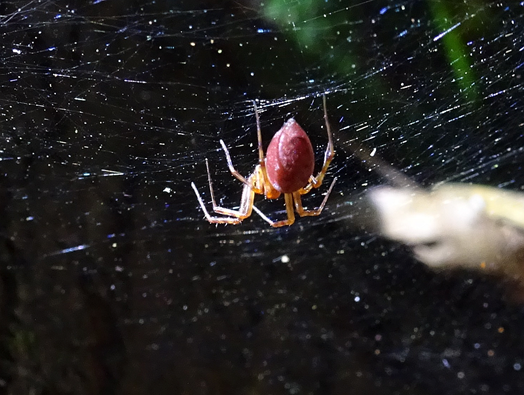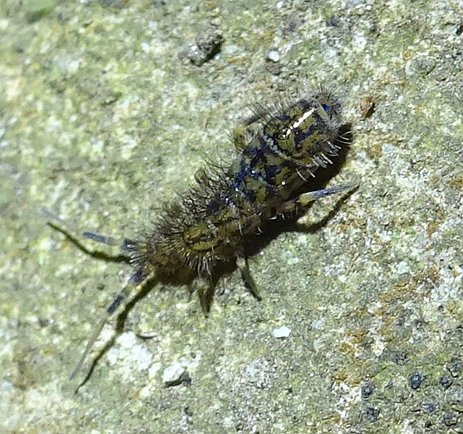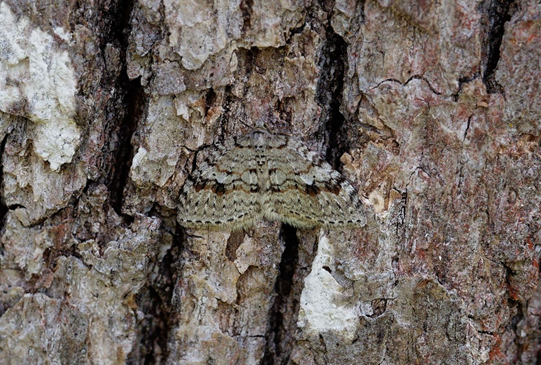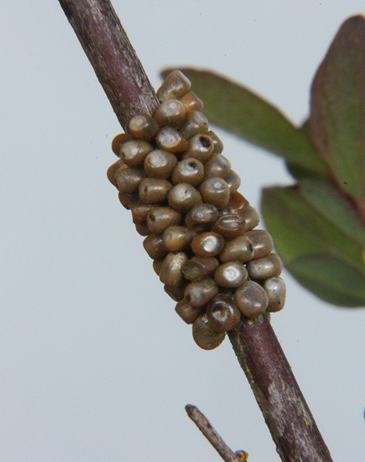|
1
|
2
-
Tuesday Birding
Tuesday Birding
July 2, 2024 @ 9:00 am - 12:00 pm
Corner of Bowker Ave. and Bowker Place, Victoria
TUESDAY BIRDING. We meet every Tuesday, one block south of the foot of Bowker Ave on the waterfront (off Beach Drive) at 9:00 am, or at the foot of Bowker Ave at 9:30 am, rain or shine. Birding activities take place at various locations around Greater Victoria.
For more information call Bill Dancer at 250-721-5273 or Agnes Lynn at thelynns at shaw.ca or 250-721-0634. Novice and experienced VNHS members all welcome.
See more details
•
|
3
|
4
|
5
|
6
-
Viaduct Flats Birding
Viaduct Flats Birding
July 6, 2024 @ 8:00 am - 11:00 am
Viaduct Avenue West Parking, Viaduct Ave W, Saanich Core, BC V9E 2J7, Canada
Meet at 8:00 a.m. Not many waterbirds are still around, but there will be lots of migrant passerines as well as the resident birds.
DIRECTIONS: Parking is adjacent to the observation stand on Interurban Road, a short distance north of the Interurban Campus of Camosun College.
See more details
•
|
7
-
Evening Birding at Blenkinsop Lake
Evening Birding at Blenkinsop Lake
July 7, 2024 @ 7:30 pm - 9:00 pm
Don Mann Excavating Ltd., 4098 Lochside Dr, Victoria, BC V8X 2C8, Canada
FIELD TRIP (LEVEL 1)
This is part of the continuing series of evening walks. Blenkinsop Lake is a great place for evening birding. Commuting cyclists and group running clubs are done for the day and we should have the trail largely to ourselves. Late in the day, diurnal birds are starting to wind down but are still foraging for the day's last meal for themselves and their young. A few songbirds sing until late in the day or even for a while after sunset. Crepuscular birds such as owls and Common Nighthawks will be active.
DIRECTIONS: Parking is available between Don Mann Excavating (4098 Lochside Drive) and the Lochside Trail.
See more details
•
|
8
|
9
-
Tuesday Birding
Tuesday Birding
July 9, 2024 @ 9:00 am - 12:00 pm
Corner of Bowker Ave. and Bowker Place, Victoria
TUESDAY BIRDING. We meet every Tuesday, one block south of the foot of Bowker Ave on the waterfront (off Beach Drive) at 9:00 am, or at the foot of Bowker Ave at 9:30 am, rain or shine. Birding activities take place at various locations around Greater Victoria.
For more information call Bill Dancer at 250-721-5273 or Agnes Lynn at thelynns at shaw.ca or 250-721-0634. Novice and experienced VNHS members all welcome.
See more details
•
|
10
|
11
|
12
|
13
-
Saturday Birding
Saturday Birding
July 13, 2024 @ 8:00 am - 11:00 am
Victoria Region
Meets every Saturday morning, usually at 8:00 a.m., rain or shine. We ask that participants have both vaccines completed, to come on this walk. Check here on the Thursday/Friday before to find out the week’s time and location. Novice and experienced VNHS members all welcome. Non-members can participate up to three times, after which they are expected to join the Society.
See more details
•
|
|
14
|
15
|
16
-
Tuesday Birding
Tuesday Birding
July 16, 2024 @ 9:00 am - 12:00 pm
Corner of Bowker Ave. and Bowker Place, Victoria
TUESDAY BIRDING. We meet every Tuesday, one block south of the foot of Bowker Ave on the waterfront (off Beach Drive) at 9:00 am, or at the foot of Bowker Ave at 9:30 am, rain or shine. Birding activities take place at various locations around Greater Victoria.
For more information call Bill Dancer at 250-721-5273 or Agnes Lynn at thelynns at shaw.ca or 250-721-0634. Novice and experienced VNHS members all welcome.
See more details
•
|
17
|
18
|
19
|
20
-
Birding Thetis Lake
Birding Thetis Lake
July 20, 2024 @ 8:00 am - 11:00 am
Thetis Lake, View Royal, BC V9B, Canada
FIELD TRIP (LEVEL 2/3: mostly a gently undulating trail except for the optional hike up Seymour Hill)
Meet at 7:30 a.m. at the Thetis Lake parking lot
We will walk around Thetis Lake Park on Saturday, July 20. Meet at the top right edge of the main parking area near the south end of Thetis Lake. This will be a mostly leisurely walk around the picturesque lakes. This forested area is productive for nesting songbirds. We can expect to encounter many juvenile forest birds, possibly including chickadees, juncos, robins, sparrows, nuthatches, creepers, warblers, and more. Taking a clockwise route, we will first go around Upper Thetis Lake, where Belted Kingfishers and Great Blue Herons may be seen fishing. We will then return along Lower Thetis Lake, with an optional hike over Seymour Hill (70-metre elevation gain), where raptors and vultures may be seen.
DIRECTIONS: To reach the park, take the Colwood exit off the Trans-Canada Highway and follow the Old Island for a short distance. Turn right at the traffic light at Six Mile Road just before the bridge. Continue on this road when it goes under the highway and you will come to the Thetis Lake Park parking lot.
Parking is $2.25 for the day; information about fee options can be found at https://www.crd.bc.ca/parks-recreation-culture/parks-trails/crd-regional-parks/park-usage-rules/parking-fees.
See more details
•
|
|
21
|
22
-
Birding Botanical Beach (Day Trip)
Birding Botanical Beach (Day Trip)
July 22, 2024 @ 6:00 am - 3:00 pm
Botanical Beach, Capital Regional District, BC, Canada
FIELD TRIP (Level 4 - Slippery rocks in the inter-tidal zone)
Meet: 6:00 a.m. at the Helmcken Road park and ride (or 8:00 a.m. at the Botanical Beach parking lot).
Botanical Beach is known for its fabulous intertidal life and fascinating geology, and this trip coincides with a low tide event to maximize both. It is also good for birding with summer specialties we don’t hear in full song in the capital region, such as Varied Thrush and Hermit Thrush. There is also a possibility to see Brown Pelican cruising offshore. This exposed west coast location is rugged and the rocks can be slippery. West coast weather is unpredictable with summer rain and fog. Bring rain gear and good hiking boots. After exploring the beach, we will have lunch at the Port Renfrew Pub. In the afternoon, and weather dependent, we may go birding at a second location (Pacheedaht Beach or Jordan River).
DIRECTIONS: For those traveling from Victoria, we will meet at 6:00 a.m. at the Helmcken Road park-and-ride parking lot located at the Helmcken Interchange with Highway 1. It takes roughly 2 hours to drive to the trailhead. The goal is to be at the Botanical Beach parking lot by 8:00 a.m.
See more details
•
|
23
-
Tuesday Birding
Tuesday Birding
July 23, 2024 @ 9:00 am - 12:00 pm
Corner of Bowker Ave. and Bowker Place, Victoria
TUESDAY BIRDING. We meet every Tuesday, one block south of the foot of Bowker Ave on the waterfront (off Beach Drive) at 9:00 am, or at the foot of Bowker Ave at 9:30 am, rain or shine. Birding activities take place at various locations around Greater Victoria.
For more information call Bill Dancer at 250-721-5273 or Agnes Lynn at thelynns at shaw.ca or 250-721-0634. Novice and experienced VNHS members all welcome.
See more details
•
|
24
|
25
|
26
|
27
-
Saturday Birding
Saturday Birding
July 27, 2024 @ 8:00 am - 11:00 am
Victoria Region
Meets every Saturday morning, usually at 8:00 a.m., rain or shine. We ask that participants have both vaccines completed, to come on this walk. Check here on the Thursday/Friday before to find out the week’s time and location. Novice and experienced VNHS members all welcome. Non-members can participate up to three times, after which they are expected to join the Society.
See more details
•
|
|
28
|
29
|
30
-
Tuesday Birding
Tuesday Birding
July 30, 2024 @ 9:00 am - 12:00 pm
Corner of Bowker Ave. and Bowker Place, Victoria
TUESDAY BIRDING. We meet every Tuesday, one block south of the foot of Bowker Ave on the waterfront (off Beach Drive) at 9:00 am, or at the foot of Bowker Ave at 9:30 am, rain or shine. Birding activities take place at various locations around Greater Victoria.
For more information call Bill Dancer at 250-721-5273 or Agnes Lynn at thelynns at shaw.ca or 250-721-0634. Novice and experienced VNHS members all welcome.
See more details
•
|
31
|
|
|
|

